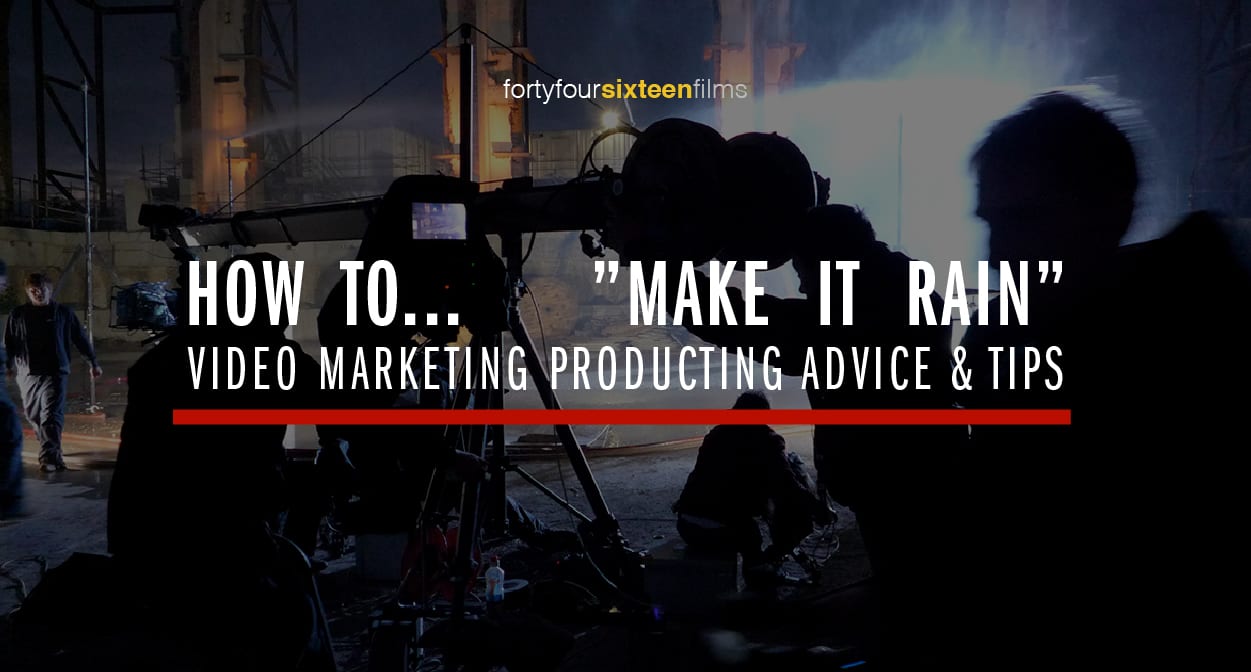
Producing a “rain scene” was something new to us. And boy oh boy did we have to learn quickly.
We were shooting a fitness based product that would be released as a tie in to the “Step Up” film franchise and the project was overseen by an LA film studio who held the rights to the original Movie. As they wanted to ensure continuity in this spin off reduction they insisted that a cinematic quality was retained in our footage (even though strictly speaking….we didn’t really have a cinematic budget).
Here’s the brief and our challenge:
Shoot an authentic nighttime rain scene that has an edgy “street” setting.

Our initial gut reaction was……”is that all”
But sarcasm aside we knew we had our work cut out to make this a reality.
Sourcing the location was the easy part and we worked with a reputable location agency to identify the best site.
Next we worked with our Gaffer and DOP to devise a lighting plan that would enhance our rain scene. Here was the first learning curve that we hit and a great tip to pass on. If you’re lighting rain the key is to light it from the back. Now usually when producing content (unless specifically requested) we wouldn’t use a powerful back light. This is because a strong back light means that your subject can appear silhouetted or in shadow due to the amount of light they are getting form the back,
However if you need a “rain scene” then unless you light the rain from the back you wont actually see it in camera. So light your rain from the back using a powerful single source and you’ll achieve a stunning shimmer to your rain scene.

Next up… Do you want thick or thin rain????
This was the question we were asked when sourcing a supplier for the bowser and rain machine.
The fine rain (soaks you through) produces a significantly different look to the final footage. So be aware that rain comes in different sizes!
For the most visually dynamic results the thicker rain gave us the best look on camera and caught the light (which was coming from the back remember) perfectly
The final thing we learned (and trust me…we learnt this the hard way) is that you also have the option of cold and warm rain. Now there is a significant cost saving to using the cold rain water (and in the end that’s what we went with) BUT here’s the thing. If you may need your performers to do several takes then using cold rain will drain them completely.
Our shot required a dance sequence to be shot in the rain (and in the middle of the night…which was cold!) and after 2 takes the dancers were completely drained of any energy, Luckily for us we’d nailed the sequence in just 2 takes but this was by no means a forgone conclusion. And with our dancers soaked through and exhausted we couldn’t have shot a 3rd take. On reflection if we were to produce a scene like this again I wouldn’t hesitate to use the (more expensive) warm rain!!!
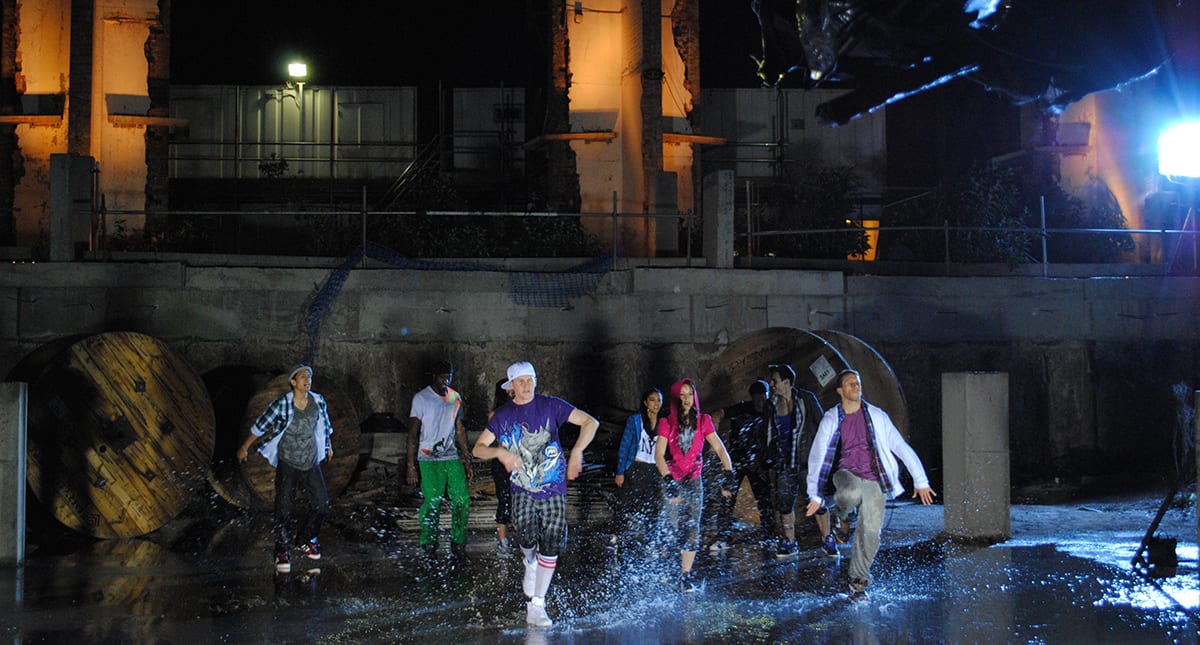
Oh….and it goes without saying that you should cover every base from a Health and Safety angle when using a rain machine.
So that was it. Our first rain shoot which was, to be honest, very stressful.

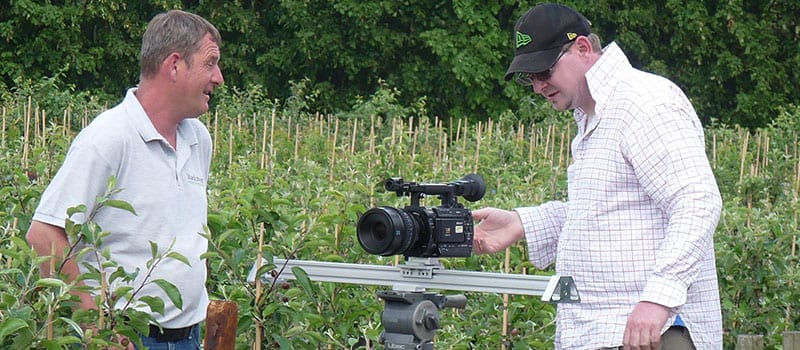
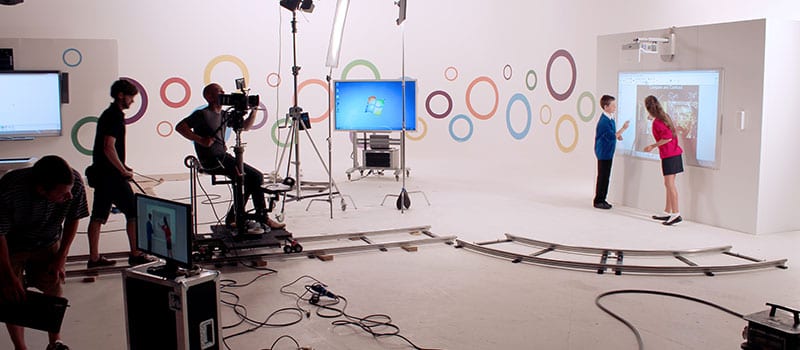

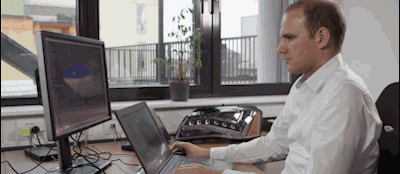
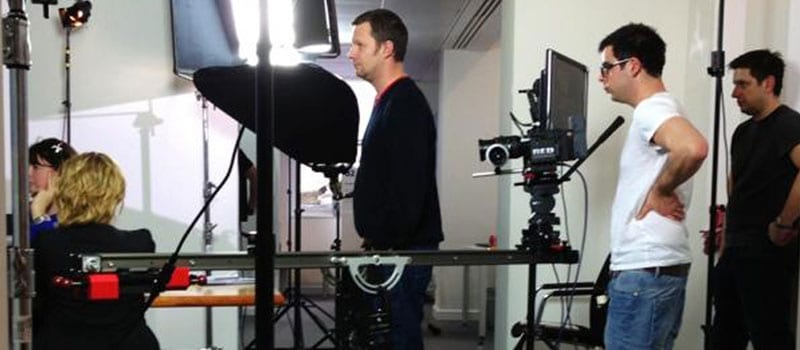
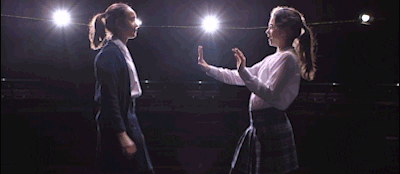
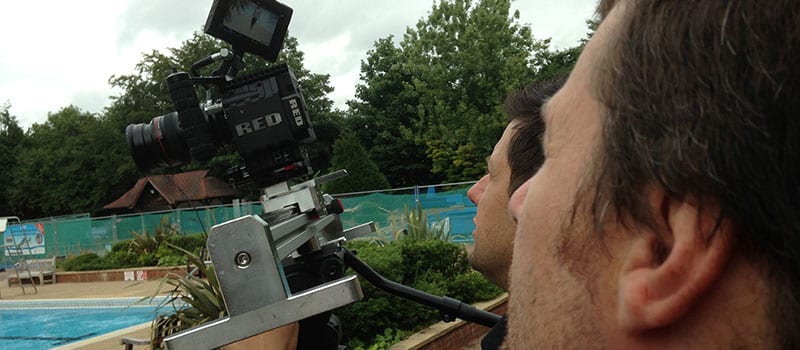
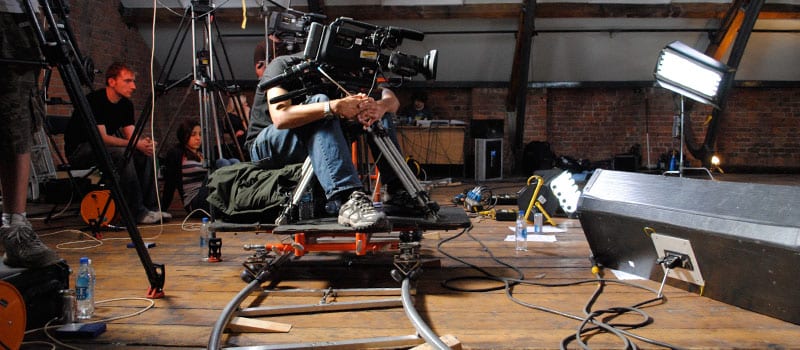
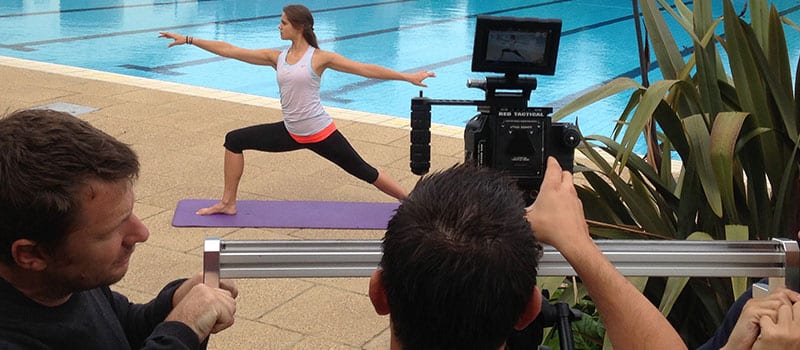
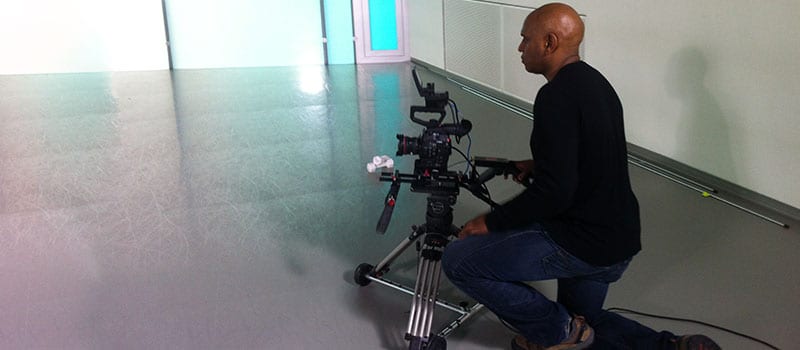
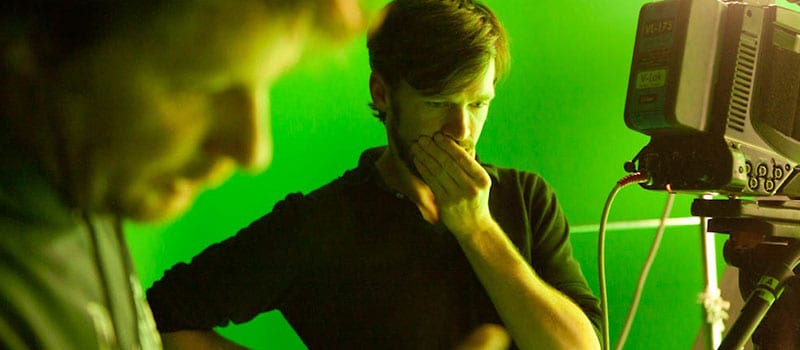
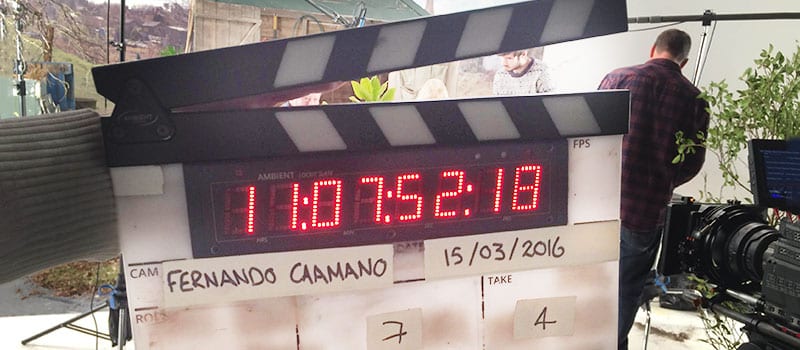
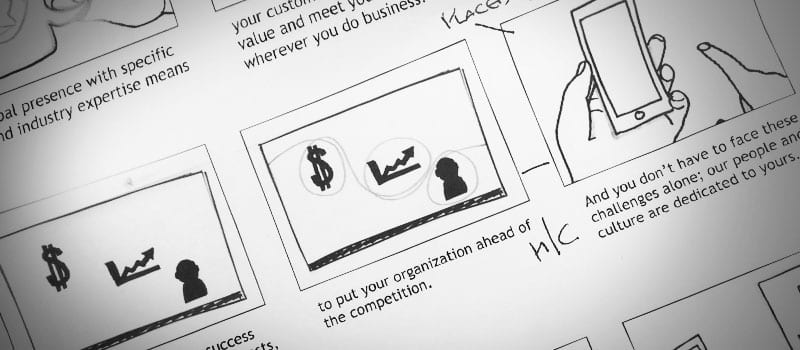
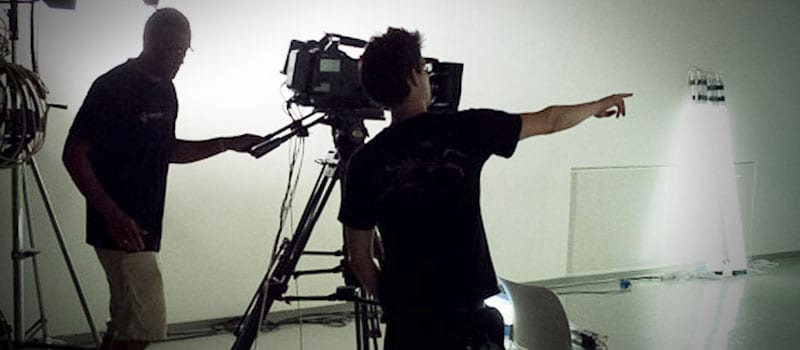
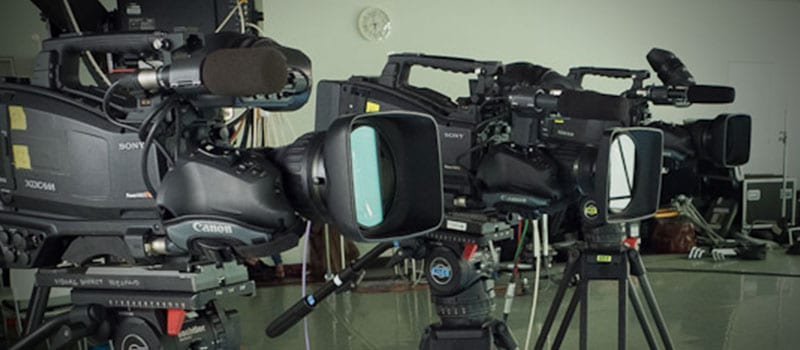
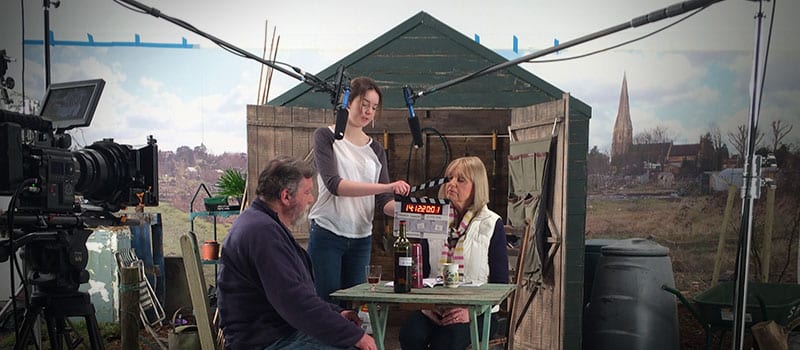
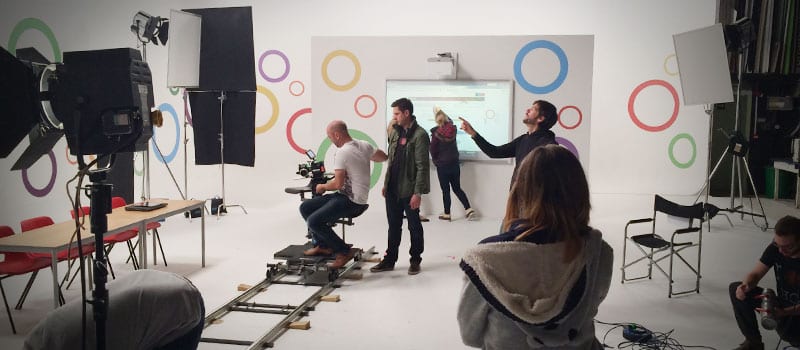
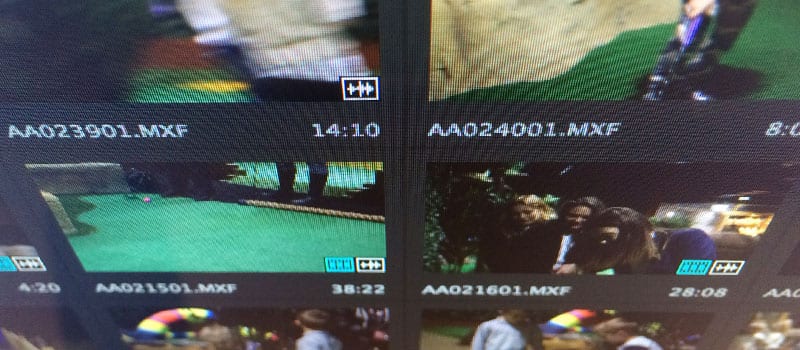
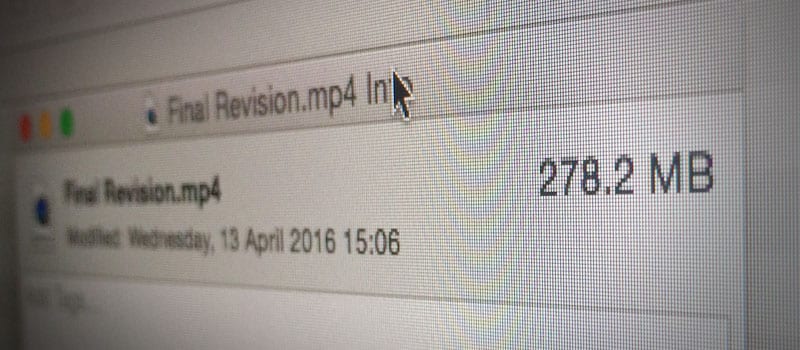
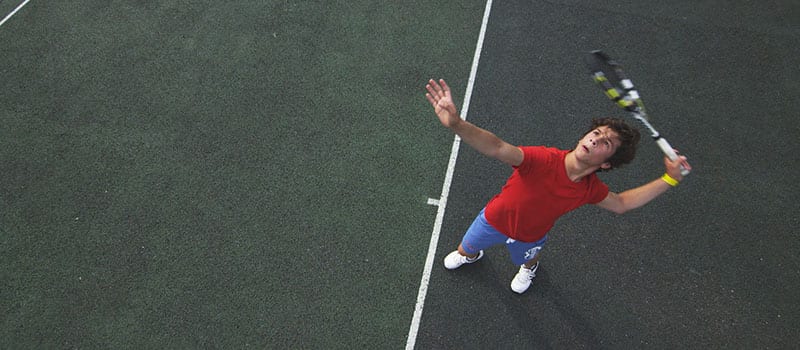
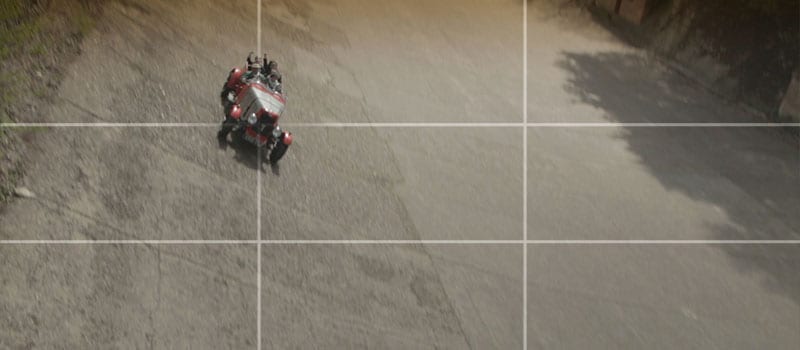
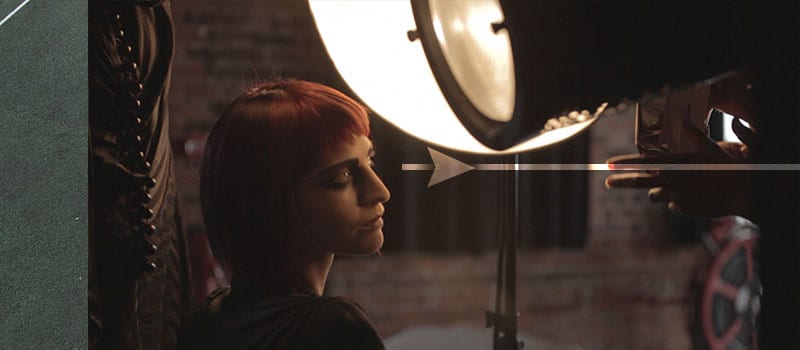
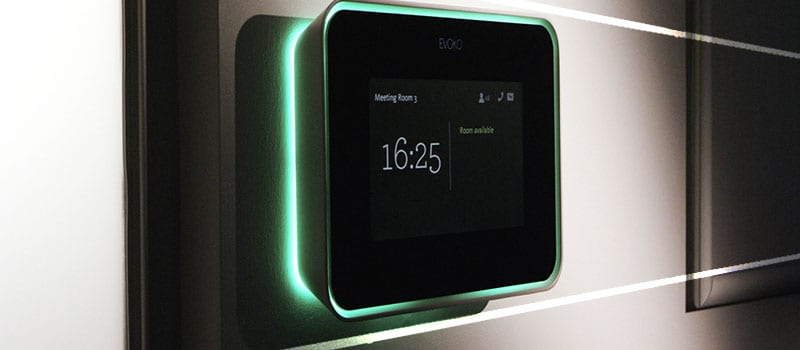
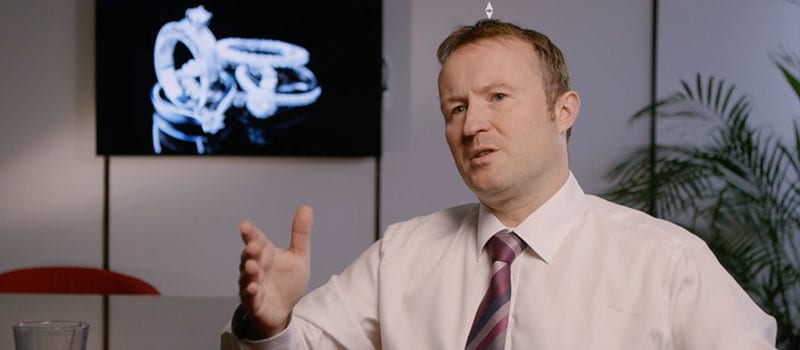
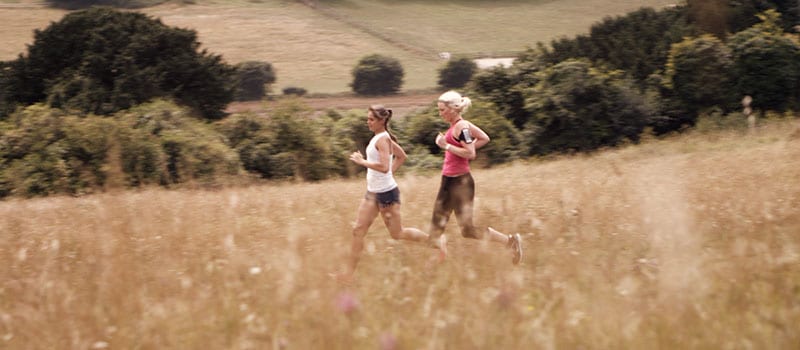



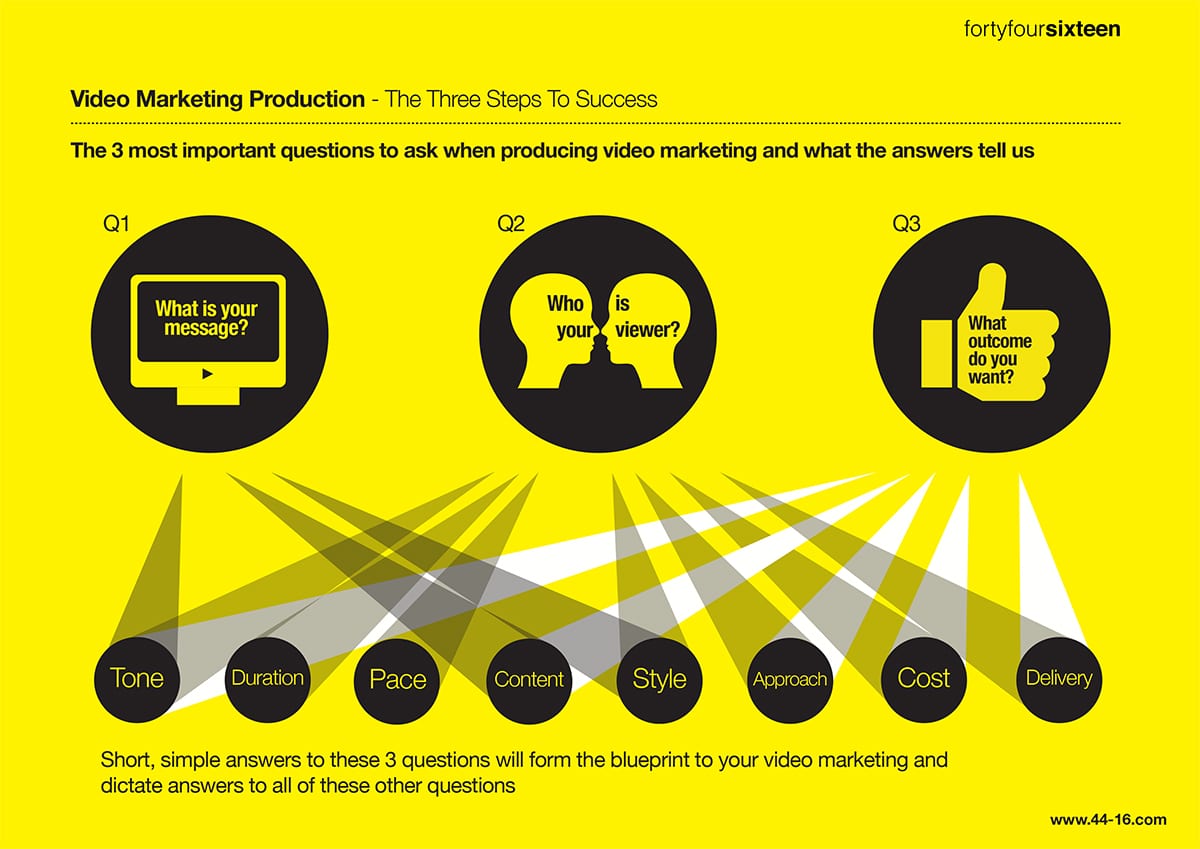
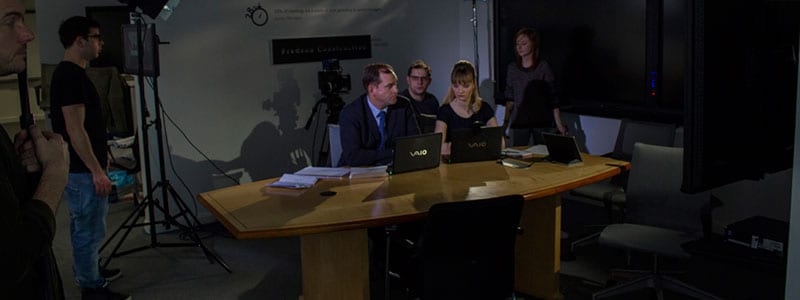
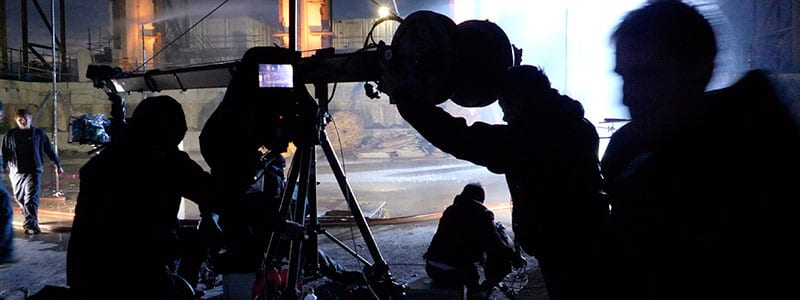
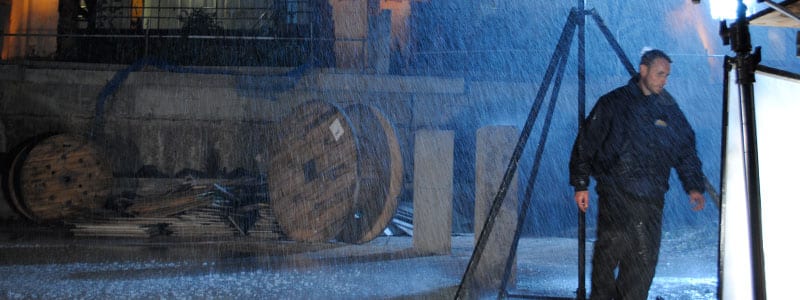

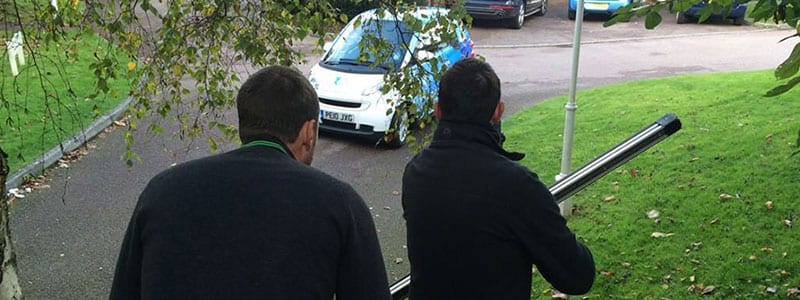
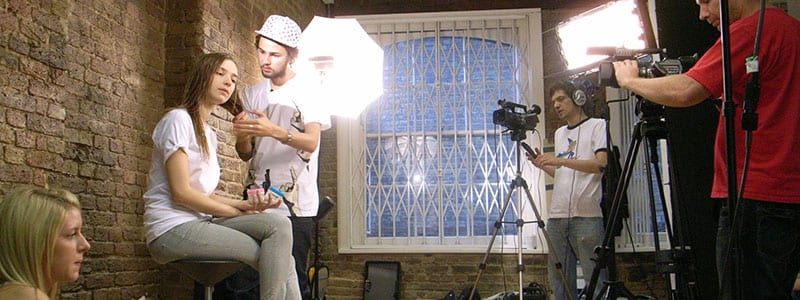
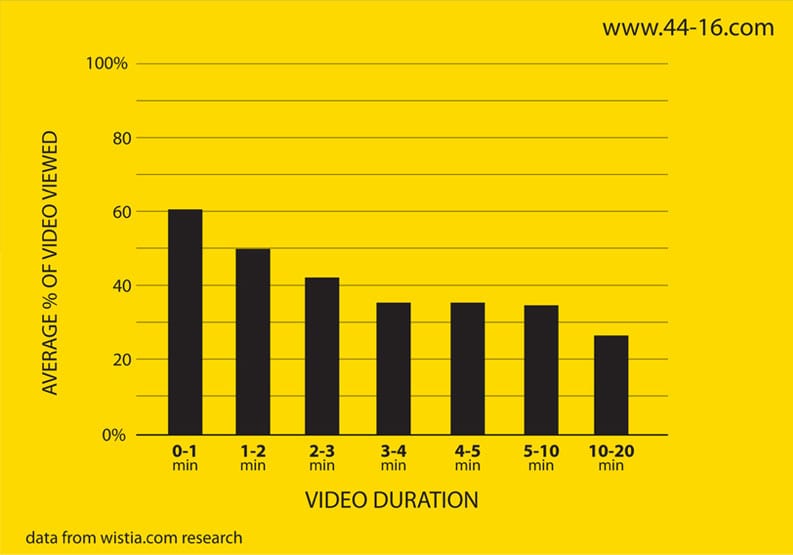
Recent Comments